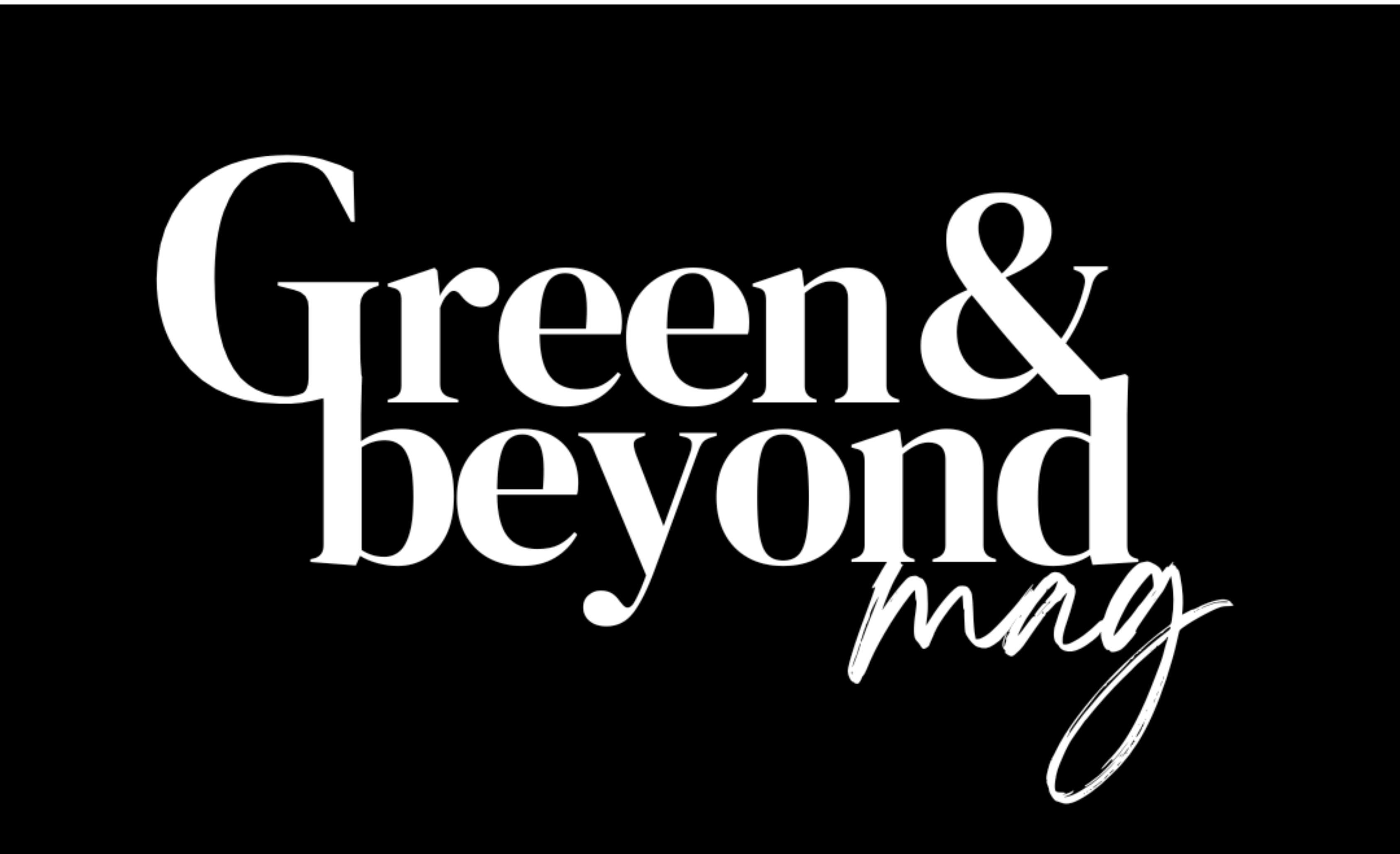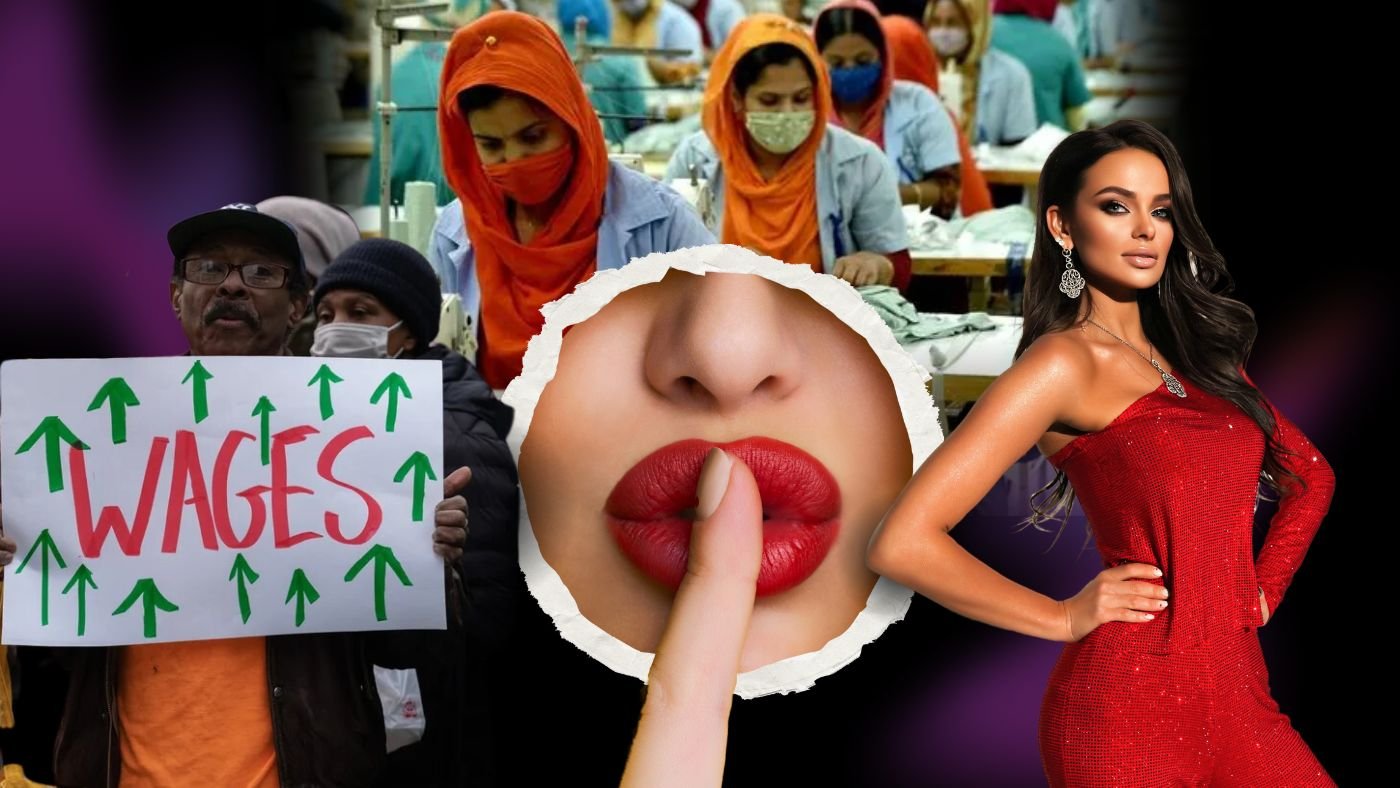Love it or leave it, designer collaborations aren’t going anywhere. In fact, they are sought after. The major collab that had everyone buzzing in 2023 was H&M x Mugler, which launched in May 2023 and within 24 hours was almost completely sold out. Perhaps this goes without saying, H&M is a fast fashion brand. Fast fashion brands mass-produce garments in unsafe working conditions, under threats of violence and job loss in, largely, the global south. But the exploitation doesn’t stop there. What many consumers don’t understand, and this is by design and lack of transparency in supply chains, is that in order to keep prices low, brands pay their garment workers poverty wages. What’s more, is that these practices grossly exploit the environment. The United States alone accounts for 11.3 million tons of textile waste per year. Which is the equivalent of about 81.5 pounds of clothing thrown away per American per year.
Designer Drops, Fast Fashion Fever: Why Collabs?

So, let’s talk about it. Or more appropriately, let’s talk about high-low fashion collaborations in general.
We’ll start with, why? Why collaborate at all? Why would a fashion house, a designer brand, sully their name by collaborating with a fast fashion brand? Especially when they put up such a fuss about exclusivity that they often damage their excess and unsold garments and goods by quite literally slashing and burning them. But collaborating with a fast fashion brand that sells cheap garments is totally acceptable and within their exclusivity framework? Questions abound.
While many designers and fast fashion brands will champion accessibility as the primary focus of collaboration collections, we all know the truth, right? Greed. Well, bolstered profit through cross-promotion and thus, greed. But as with all things in the fashion industry, the real answer is far more complex and nuanced.
A Brief History of Fast Fashion x Designer Collabs

H&M might be the most recognized for their high-low designer collabs, but they aren’t the first. Target introduced its first high-low collaboration with renowned architect Michael Graves in 1999. But their fashion designer collabs began with Stephen Sprouse in 2002 and really took off with Isaac Mizrahi in 2003.
Perhaps Target’s 2011 collaboration with Missoni is the perfect example of why fashion houses partner with fast fashion brands or big box stores. Through what they called their Designer Collaboration Initiative, Target’s partnership with Missoni outpaced any Cyber Monday or Black Friday online traffic up until that point. This partnership wasn’t restricted to just clothing, the collection featured 400 products across departments. The overwhelming demand crashed the Target website several times and the collection sold out within a few days.
It wasn’t just Target and H&M that were testing the waters and building a collaboration empire. If you’re not in the streetwear scene, you might have missed all the collaborations that are an inherent piece of the puzzle. Collaborations in streetwear have been a long-standing staple. And much like the streetwear aesthetic, designer collaborations have been commodified outside of the community that was responsible for creating it.
This should go without saying, but a strong, well-thought-out collaboration leverages the creative and elemental gifts of both parties. The resulting collaboration should look like a fusing of the brands or designers. The two should play together nicely, highlighting each other’s strengths while playing to the compatibility of the two. Streetwear collaborations were, and in many aspects still are, the blueprint for all collaborations.
Fast Fashion’s Dirty Secret: Exploitation Beyond the Runway

We can’t really discuss designer, or brand collaborations without giving a huge nod to streetwear and the community behind it.
Much like many millennials, the streetwear scene was born in the 80’s and raised in the 90’s. Think, RUN DMC as your streetwear icons, your OG royalty of the scene. Like many fashion aesthetics, streetwear has evolved over the years but I always envision RUN DMC, their influence on hip-hop culture is undeniable and they set the bar in so many ways.
While RUN DMC was slaying the streetwear game in the 80’s and 90’s, streetwear wasn’t accepted as mainstream until the 00’s (the Zeros) and really became a staple in the fashion space in the 2010s, read Virgil Abloh and Off-White, god rest him. Streetwear’s rise to mainstream acceptance and success was largely due to small, independent labels collaborating with each other as well as with larger mainstream brands. These strategic partnerships exposed streetwear brands to audiences of a much greater scale, hence the reasoning behind what fast fashion and designer collaborations aimed to emulate and exploit.

Essentially it is this, fast fashion brands have a massive scope. Just consider the marketing dollars a brand would have to have if they are paying their garment workers a substandard wage, exploiting the planet, and using mostly fossil-fuel-derived fabrics. There is so little oversight and regulation that brands are practically encouraged to exploit every facet of production in the reckless name of exponential growth. So, why not capitalize on a growth opportunity disguised as low-cost designer wear?
Like many of my contemporaries, when I think of high-low designer collabs, I think H&M. And that’s not for nothing, there are a lot of marketing dollars and psychology that went into conditioning me to think that way.
History of H&M Collaborations
H&M has been partnering with designer brands since 2004 with a Karl Lagerfeld collection that changed the face of the whole industry. Often, and for good reason, fast fashion brands are accused of stealing designer’s runway and ready-to-wear looks in efforts to bring “trends” to the masses at deep discounts. But by partnering with Lagerfeld (and by extension Chanel and Fendi) H&M told consumers that they were more than just copycats.
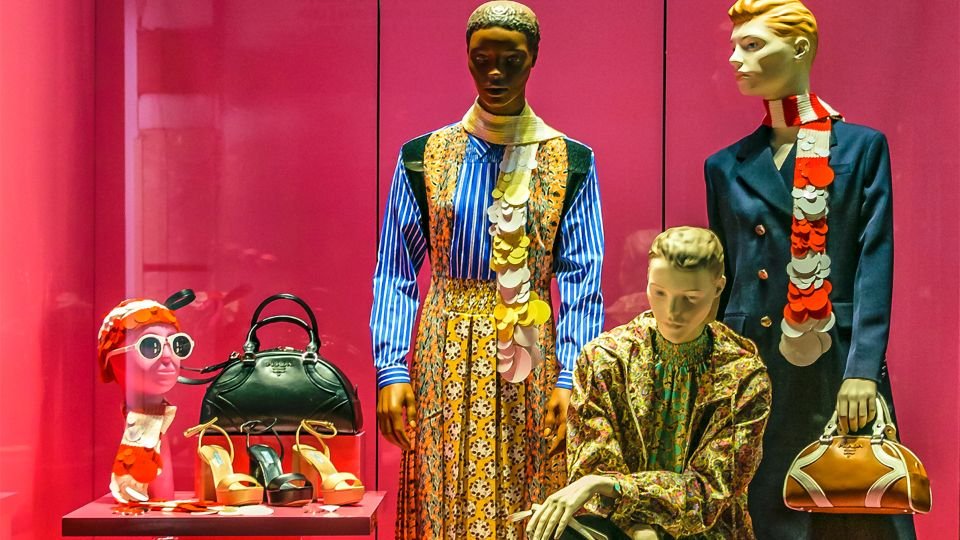
Then, in 2005, Stella McCartney (a champion of sustainability) partnered with H&M to launch a line of low-priced separates. Now, to be fair to her, Rana Plaza didn’t happen until 2013 and the supply chain issues that shroud the industry in secrecy hadn’t yet had the curtain pulled back to reveal their moment of reckoning. Well, they haven’t had their reckoning yet, not really, but there has at least been more pressure and consumer demand for it. And through that sustained pressure, The Bangladesh and Pakistan Accords were born.
But my favorite part about the Stella McCartney collab story is that the campaign largely had to be pulled because Kate Moss was the main model and just before the launch, news came out about her drug use. Read, the personal choices of an individual are what halts a campaign not the atrocious working conditions or below-standard of living pay rate of garment workers.
And let’s not get that twisted. I am not condoning or condemning her drug use, I just think it is funny what people get upset about. Kate Moss’s personal decision to use drugs forces a brand’s hand to cut ties because she is the face of the campaign. But the treatment of the faceless women on which the whole H&M empire is built, the individuals who make all the garments, that is not enough reason to hold a brand (an industry) accountable. At the very least, let’s hope that all the individuals/creatives involved in the Kate Moss, Stella McCartney, H&M campaign were paid for their work.

We could spend several hours unpacking all the H&M designer collabs (Moschino, Simone Rocha, Erdem, Balmain, Jimmy Choo, and Vicktor Rolf), but let’s fast forward to the latest H&M collab with Mulger.
A Brief Overview of H&M and Mugler
H&M
H&M is a fast fashion brand from Sweden.
H&M rose to prominence over the past 30 years with the escalation of fast fashion and the use of the “test and repeat” model, which essentially turns styles over at an alarming rate based on buyer behavior.
H&M’s revenue was 24.35 billion USD in 2019.
Mugler
Mugler is a fashion house that was created by French-born Thierry Mugler.
Mugler found notoriety in the 80s with his unique expression, futuristic creations, and avante-garde collections.
The L’Oréal group, which owns Mugler as well as 36 global brands, generated 33.47 billion USD in revenue in 2019.
The H&M x Mugler Collaboration: Democratizing Fashion or Deluding Consumers?
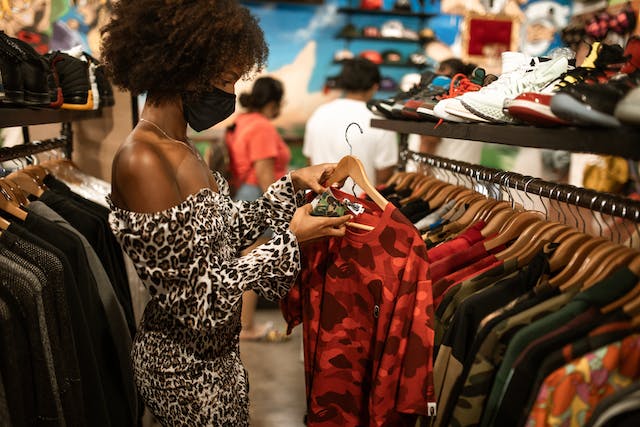
The Mugler collaboration feels different, and that is by design.
In the wake of social discord and things like the #MeToo movement, there has been a demand for more inclusive definitions of what beauty is. The campaign focuses on inclusivity and celebrates gender expression and all body types, not just thin ones. Which is a beautiful departure from Eurocentric campaigns. But that’s just the thing, it isn’t enough. To support some and not all is not the way. Not anymore, not in the age of the internet.
Many collabs seem well-meaning on the surface and, in some cases, they might have been. However, if they aren’t done in a meaningful way, one that supports all involved (from garment workers to models) they are just creating more exploitation and waste. The overarching question remains, should these collaboration collections come at the expense of the individuals who make our clothing?
Back to Accessibility
In a press release from H&M, the brand stated that “H&M has been democratizing high fashion by offering global audiences the chance to own special pieces of high-end designer history.”
Which feels like they are trying to center accessibility. But, accessibility in the fashion industry is an extremely nuanced conversation. When talking about lower-income individuals we cannot discount those who are lower income that live and work in the global South. So, if we are going to talk about the affordability of clothing for lower-income individuals, we cannot overlook the people who make our clothing who are making poverty wages. We cannot pick and choose. A fast fashion x designer collaboration doesn’t make it accessible. If we aren’t paying the individuals who make our clothing a livable wage, what we are creating is not accessible.

Besides, it isn’t lower-income individuals who are grossly contributing to the overconsumption and the disposability of fast fashion. That title remains firmly in the hands of individuals who do fast fashion hauls by purchasing hundreds, if not thousands, of dollars in fast fashion clothing and accessories regularly. You know the ones, they are all over TikTok and Instagram.
Investing in Ethics, Not Trends: Building a Fashion Future We Can Be Proud Of
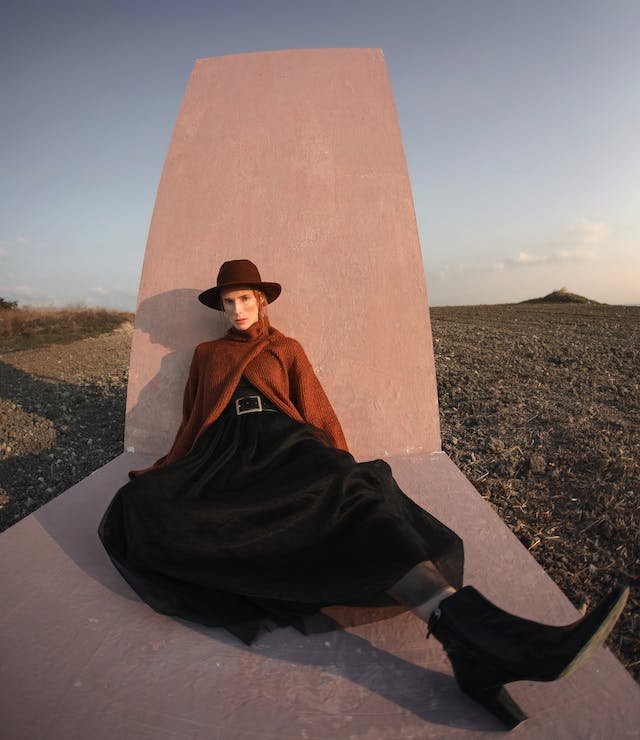
High-low designer collaborations are essentially designer-branded fast fashion. What might have originally started as a vanity metric from H&M to create buzz and up their street cred has turned into…a monster.
Also, just because it is designer doesn’t mean that it is sustainably or ethically produced. There is still little to no transparency in supply chains and most fashion brands do not pay garment workers a livable wage. So, it is very likely that any fast fashion x designer collaboration is produced in sweatshop conditions where the individuals who make our clothing are paid poverty wages while these garments are marked up exponentially with all profits going directly into the pockets of the billionaires that own the fast fashion brands or holding companies.
The prices we have seen over the last 20 years have been established because of exploitation. Exploitation has been normalized. But, if we uplift everyone, if we pay everyone their worth and stop hoarding it in the top 1%, the cost of the clothing we buy will not seem like a burden. It is the tide that lifts all ships.
Let’s look past our desire to consume, to be “on trend,” to do things for the likes and status, and actually consider what we are purchasing. What are we actually paying for? A moment, a name, a status…because beneath all that, we are funding exploitation. The exploitation of people and the planet for profit, one cheap trick at a time. We vote with our wallets, it is time to show these brands, quite literally, that we are no longer buying what they are selling.
Lauren is a freelance journalist and sustainable fashion advocate, storyteller and activist. Her enthusiasm and knowledge of sustainability, ethics and community stems from over 20 years of experience in the fashion industry. Lauren believes that compassionate service journalism can be used as, and is, a vehicle to educate and support communities – sharing stories based on facts while leaving room for conversation and connection.
